A cannabis chamomile honey tincture to calm, focus, and reset, By Sharon Letts
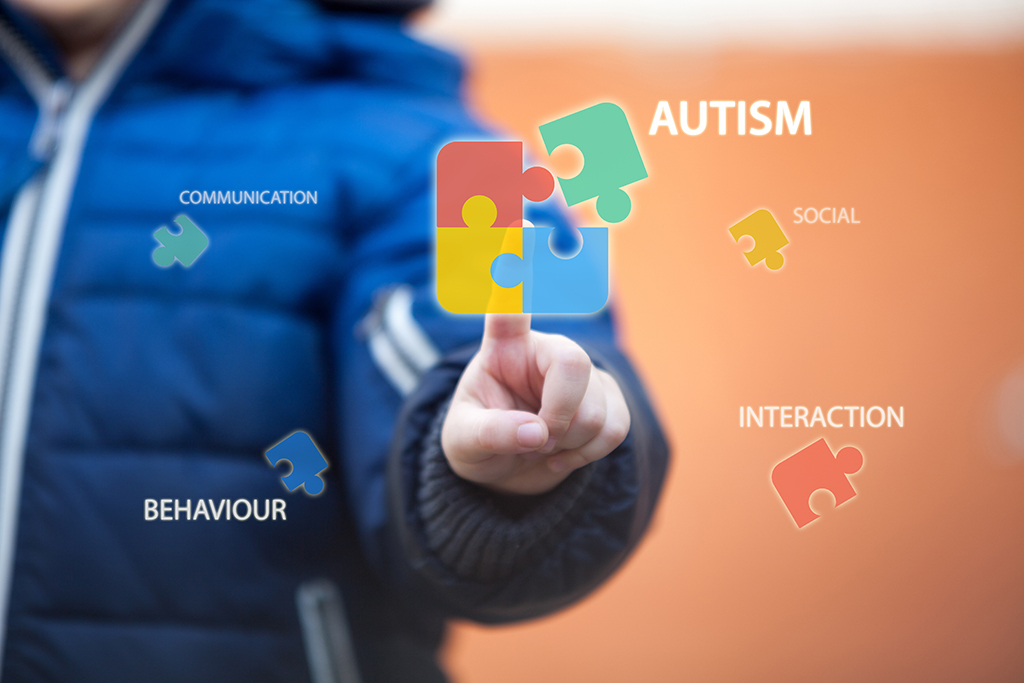
Kitchen Apothecary: Kids & Cannabis
It’s not unusual for the healing experiences from cannabis to be shared by word of mouth only. Until the legislators are educated enough to make the laws usable for the people, the people will continue to be what has been referred to as “illegally healed.” With the phrase “it takes a village” having more meaning than ever before within the cannabis community of healers, with those healed then helping others.
When it comes to children using cannabis, it can be a hot button of controversy for many, not to mention the threat of authorities stepping in to intervene.
The good news is, the children are alright, and have been healing along with everyone else all along. When traditional pharmaceutical treatments are exhausted parents will take the “don’t ask, don’t tell” route in treating their kids with cannabis and other healing plants.
With one in one hundred children being diagnosed on the Autistic Spectrum in the UK each year, and one in 54 in the US, it’s no wonder young kids are turning to cannabis; initially from peer pressure, then continuing use after realizing it helps.
The bad news is, with little guidance from the medical community, kids on the Spectrum, or those diagnosed with mental disorders, such as ADD and ADHD - attention deficit disorders, may proceed blindly, with trials and tribulations on dosing and use happenstance, at best.

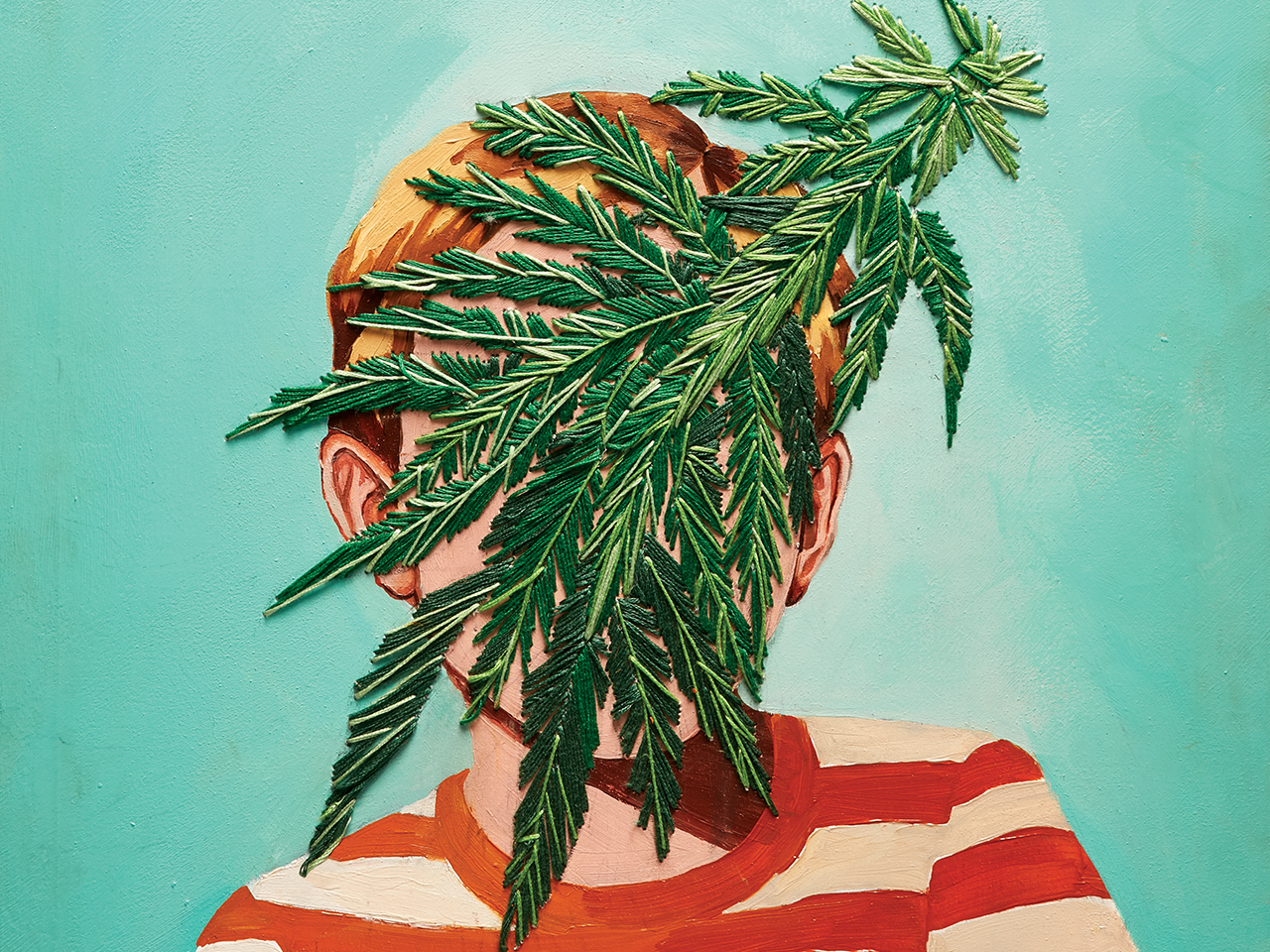
Peer Pressured to Heal
This writer had undiagnosed ADD all through my early school years, and began medicating with cannabis, unknowingly, at 16, able to focus on school work for the first time after smoking on the way to school out of peer pressure.
I did not know how it worked or why. I only knew that I was able to do my work more efficiently and was first published as a poet at 19. I’ve never written anything - not for TV, magazines, or otherwise, without first medicating by smoking a small amount of flower for focus.
Emile J. Fagerstrom describes himself as an “ADHD, Dyslexic, All-American athlete, latch-key kid on the Spectrum.” His family put him in sports to calm down, where he excelled, but cannabis as a teenager, was how he self-medicated.
Adderall was prescribed, and like many kids, he eventually turned to meth - which is the same substance, with the same effects and many negative connotations, including addiction and subsequent death.
“I never really felt high from cannabis because it worked for me,” he shared. “Cannabis helps me process situations, and not create high emotion situations, without being impulsive. You can’t discipline a child for not being involved – they need tools to help them. You can’t just tell a kid with hypertension to calm down. It will never work.”
Per Webmd.co - An article in Healthline.com states that even though there is not enough research on cannabis use for ADD or ADHD, patients are using it with success anyway.
“Many adolescents and adults with ADHD are convinced that cannabis does help them and has fewer side effects [than ADHD medications],” says Jack McCue, MD, FACP, an author, physician, and emeritus professor of medicine at the University of California, San Francisco. “It may be that they, not their doctors, are correct.”
This writer has interviewed many adult ADD, ADHD, and Autistic Spectrum patients who began using cannabis as adolescents, like Fagerstrom, because it worked for them.
Attention Deficit Hyperactivity Disorder, or ADHD, is a chronic condition causing inattention, hyperactivity, and sometimes, impulsivity. The fears that using cannabis at a young age, due to possible developmental issues, are moot, as the patients interviewed are productive, responsible adults now.
According to DrugRehab.com, “Adderall and methamphetamine are stimulant drugs that speed brain activity. They share many side effects and health risks, but there are also key differences. Both can lead to addiction when abused.”
The site goes on to say that Methamphetamine (meth) can also be prescribed by a doctor, but it is also made in illegal drug labs and sold on the streets. Both meth and Adderall belong to a class of drugs called amphetamines and have similar chemical structures.
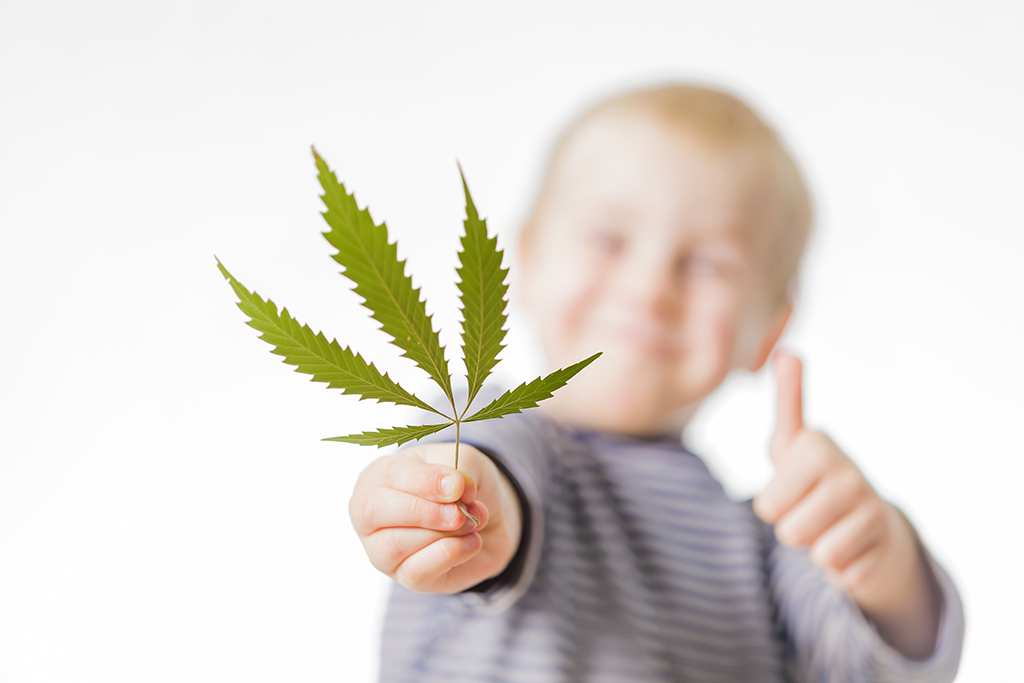
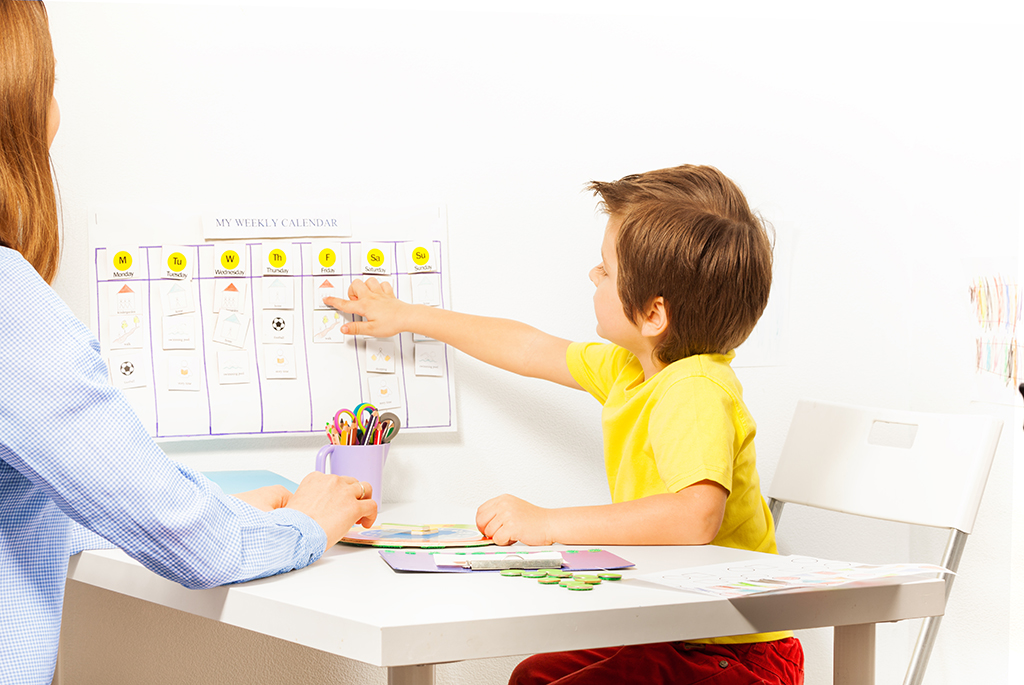
From disengagement to focus
John Smith (anonymous) is the parent of a very active, intelligent and verbose 12-year-old boy. We will call him Jack. Smith said he and his wife have chosen to homeschool him rather than face having him over-medicated on pharmaceuticals, which would be mandatory in a public or private classroom situation.
“Jack was always one or two grade levels above his same age peers,” Smith said. “Each year in homeschool became more and more challenging, with increased difficulty maintaining focus and attention to a task, wanting to get up and move around, and difficulty completing most any task.”
About a year ago they discovered the use of a tincture made with half cannabis, half chamomile, and began dosing Jack.
“Within one day of our son taking the honey he was able to focus his attention and energy to his school work, conversations and any task put in front of him” he explained. “He reports no changes in how he feels - no sensations of lightheadedness or other symptoms people typically associate with being ‘high'.
While much is unknown on how the THC (tetrahydrocannabinol) in cannabis works to help people focus, we do know that chamomile is a calming, beneficial herb, often used for anxiety and sleep issues.
Using half chamomile in the cannabis tincture could be called a “buzz-kill,” to the THC, but when used in this way, the chamomile takes the edge off the activated THC, allowing it to work without the extreme high, or the sometime anxiety that can come with ingesting or smoking too much THC.
“We love to see him accomplish so much more with school and other activities, without altering his personality,” Smith concluded. “He still behaves like the loving son we have always known.”
Written by Sharon Letts - published in issue 150 Weed World magazine
Images Adobe.Stock
- Sergey Novikov
- Roman Yanushevsky
- Elroi
- Gigello
- leremy
Cannabis-Chamomile Honey Tincture
-
1 liter honey
-
¼ c. ground cannabis
-
¼ c. whole chamomile flower
-
Optional: one stick cinnamon (note: cinnamon lowers blood sugars, never a bad idea)
Add all to the crockpot, simmer on low for 3-4 hours.
Note: Some crockpots' low setting may be too hot. Check temperature and stir often, so as not to burn the plant material and lessen the strength of beneficial compounds.
Strain with a fine mesh cloth. (I use a nut milk straining bags)
Dosing: ¼ to ½ teaspoon to start. Increase as needed. This dose may be given, as needed,morning, mid-day, and evening.
Note: The rule of thumb for any ingestible made with activated THC is to start small, go slow. The trick is to dose for wellness, not to feel high. Finding the correct dose is a proactive process.
The remaining plant material will still have honey left. See Kitchen Apothecary for a Ganja Honey Chai recipe. https://www.weedworldmagazine.org/2020/07/15/kitchen-apothecary-cannabis-infused-honey-ganja-chai-tea-by-sharon-letts/
For more recipes, visit www.sharonletts.com/apothecary







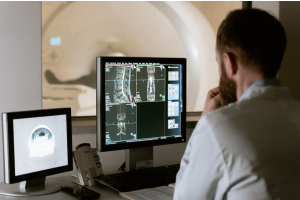
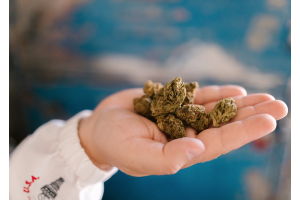
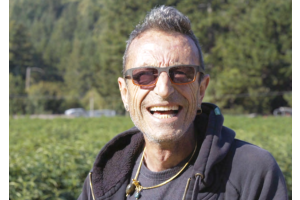
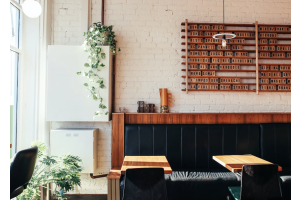
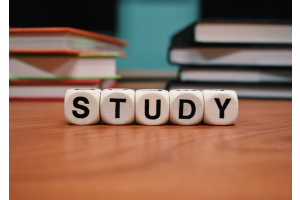
Validate your login